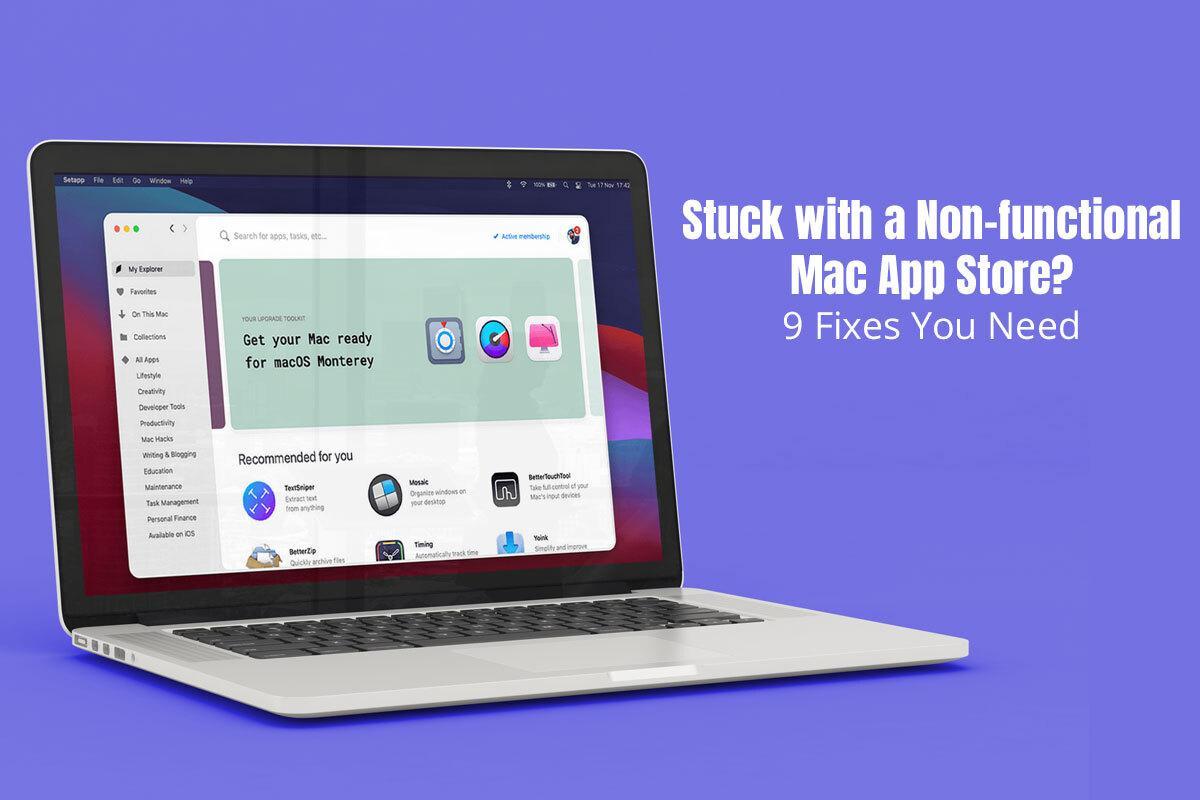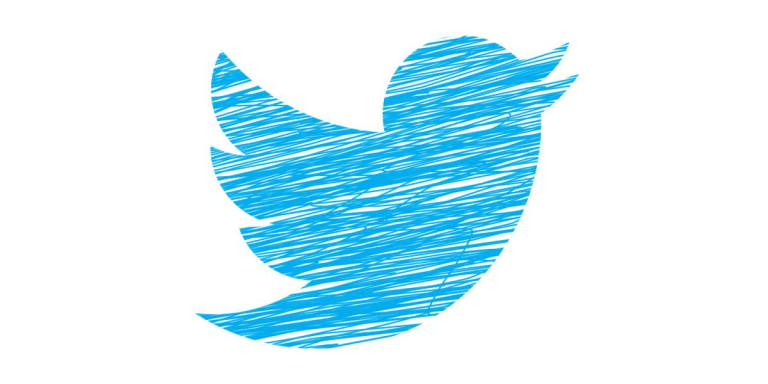Stuck with a Non-functional Mac App Store? 9 Fixes You Need
Asenqua Tech is reader-supported. When you buy through links on our site, we may earn an affiliate commission.
Looking for a specific app to download on your Mac? Where would you look? The Mac App Store, of course!
The Mac App Store is your gateway to a world of games, applications, and updates. But what do you do if it stops cooperating with you? Do not fret if you encounter a non-functional, frozen Mac App Store. This guide explores the plausible reasons behind this glitch and explores ways to get it back on track.
Why is the Mac App Store not Functioning?
You must know the reason why it is misbehaving to solve the underlying issues and get it back on track. Hence, let’s look at the common reasons causing the Mac App Store to disobey your commands.
- It is disabled – It might be that your account has been disabled in the App Store, and that’s why you are unable to access the applications and games you want. This might be due to system glitches or because you have entered the wrong password too many times.
- Connectivity issues – No Internet or poor connectivity may hinder the functionality of the App Store.
- The software is outdated – If the App Store or the macOS version is not updated, it may result in compatibility problems.
- Stored cookies and cache – If cookies and cache have accumulated with time, it might result in conflicts within the App Store.
What are the Possible Fixes?
- Check the server status of the App Store
Before delving into complex troubleshooting steps, it is important to check whether the servers are operational. Apple is known to perform occasional maintenance to fix bugs. Hence, you may experience temporary outages.
You must visit the Apple System Status page to see if the App Store’s service is smoothly functioning. If there is a green dot next to the server status, it means you have to check the other fixes mentioned here.
- Enable the App Store if it is disabled
If it is disabled, it will misbehave and not function. You have to check whether it is enabled by going to the System Preferences app > click on Apple ID > check whether the App Store option is checked. If you enable the App Store, the functionality will be restored.
- Restart your computer
Simply restarting can work wonders. Quit all the applications and then restart your computer. Then, open the App Store again.
- Ensure the Internet connection is working
The App Store may not function properly if the network connectivity is poor. You must have a stable Internet connection to access the App Store. You can consider switching to a wired connection if you are using Wi-Fi. It is important to have a stable signal.
- Make sure your software is updated
Outdated App Store and macOS software cause compatibility problems. You must ensure both are updated to the latest versions so there are no glitches.
Navigate to System Preferences > choose Software Update > install the available updates.
- Clear cache and cookies
Accumulated cookies and cache might be causing conflicts. You have to clear the cache and cookies to make the App Store start working again.
Click Finder and press Command + Shift + G to open Go to Folder. Then, enter ~/Library/Caches/com.apple.appstore/ and remove the contents. Finally, reboot your computer and check if the App Store is functional.
- Reset PRAM/NVRAM
System settings are stored in PRAM/NVRAM, and resetting it may resolve configuration problems.
You have to shut down your computer and immediately turn it on by holding the Command + Option + P + R keys. Hold the keys until the computer restarts, and you hear the startup sound twice.
Once this is reset, open the App Store and check if it is working properly.
- Create a new admin account
If the problem is user-specific, you can create a new admin account in System Preferences > Users & Groups.
- Reinstall macOS
If the issue persists after trying the troubleshooting tips mentioned above, reinstalling macOS is the last resort. This is a time-consuming process, but it will solve the problem.
Before reinstalling macOS, you must back up your essential data. Then, restart your computer and hold the Command + R keys to enter Recovery Mode. Choose Reinstall macOS and follow the prompts on the screen.
The Bottom Line
If the Mac App Store isn’t functioning, it can be a frustrating roadblock. Implementing the nine troubleshooting tips mentioned above, you will be able to resolve the problem. Whether it is a simple checking of the Apple Status page or a more in-depth cache and cookies cleanup, these tips will solve different problems causing the App Store to misbehave. If nothing works, you can reinstall macOS as a final resort.
Once the App Store comes back in action, you can enjoy the plethora of applications and games to enjoy an enhanced Mac experience.






